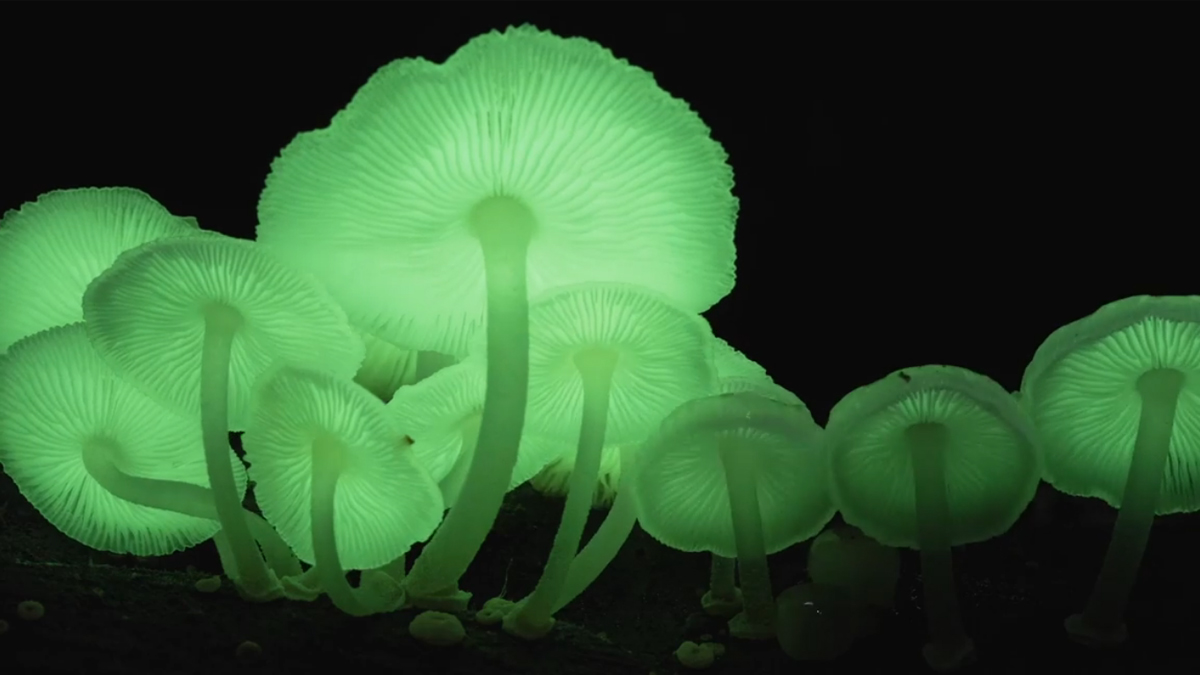
It prefers damp, but not too wet, mineral soils with a source of dim light, such as reflection from a pool of water, and so grows in habitats such as overturned tree roots, entrances to animal burrows and caves.įolklore Makkausu Cave, Rausu, HokkaidoĬoncerning the moss's common names, such as "goblin gold", Austrian botanist Anton Kerner von Marilaun wrote in Das Pflanzenleben der Donauländer in 1863: It is easily outcompeted by other mosses and plant species in open, brighter areas, but its ability to concentrate the available light allows it to grow in shady places where other plants cannot survive. Schistostega pennata is found in China, Japan, Siberia, Europe, and North America. A long stalk holds the egg-shaped capsule aloft. The fronds of shoots that develop from the persistent protonema are small (1.5 cm long) with opposing pairs of leaves. The little lenses have the capability of turning towards the light source to maximise the collection of available light. The chloroplasts absorb the useful wavelengths of the light and reflect back the remainder towards the light source, giving the moss a greenish-gold glow.

The moss has adapted to grow in low light conditions by utilizing spherical cells in the protonema that act as lenses, collecting and concentrating even the faintest light. It is the only member of the family Schistostegaceae.

Schistostega pennata, also called goblin gold, Dragon's gold, luminous moss or luminescent moss, is a haplolepideous moss ( Dicranidae) known for its glowing appearance in dark places.


 0 kommentar(er)
0 kommentar(er)
